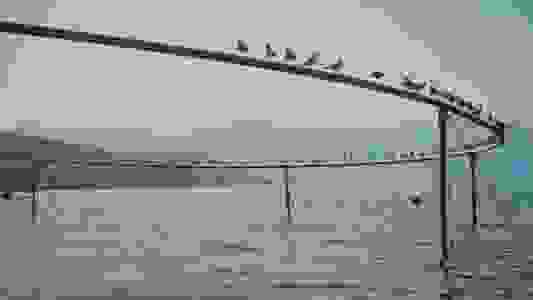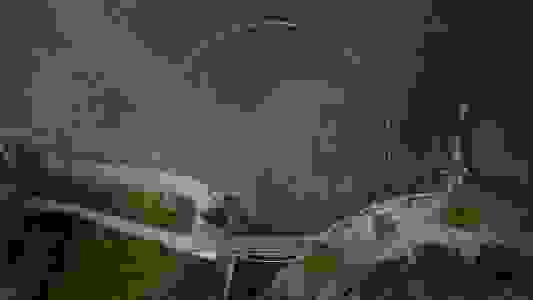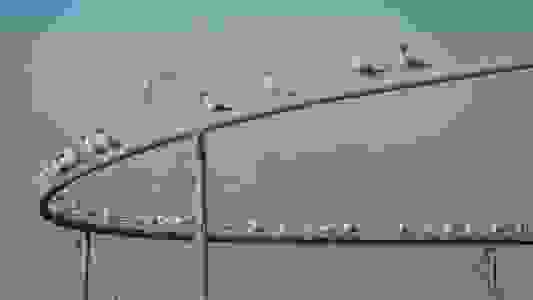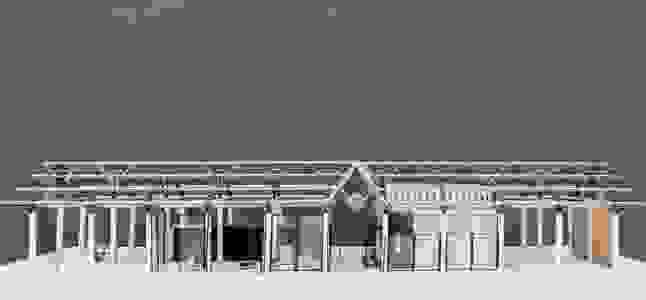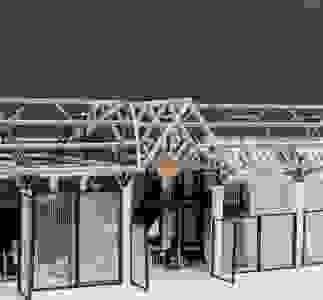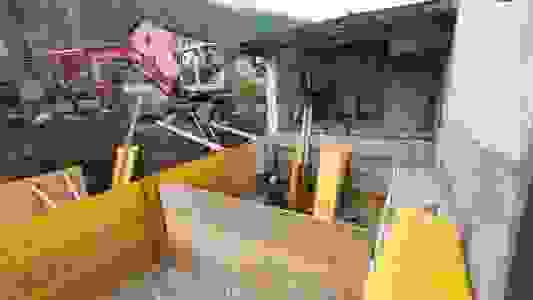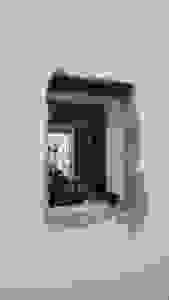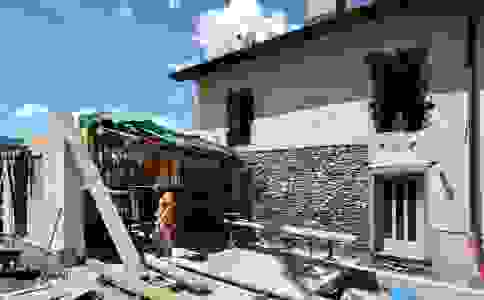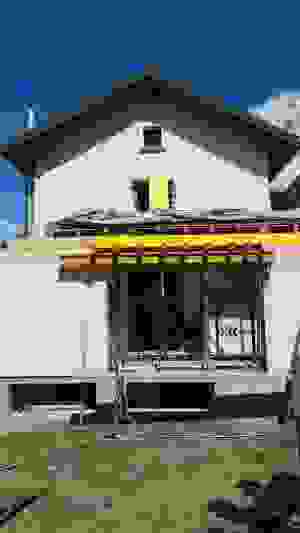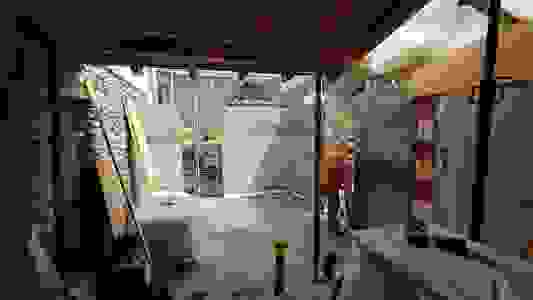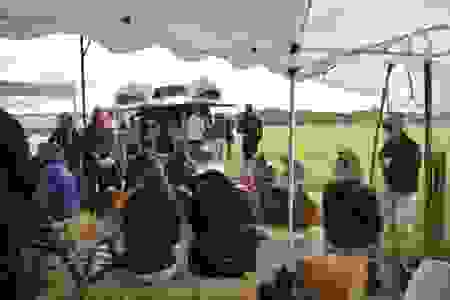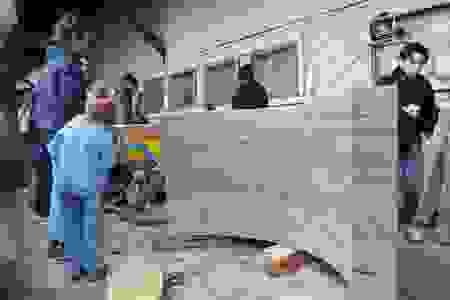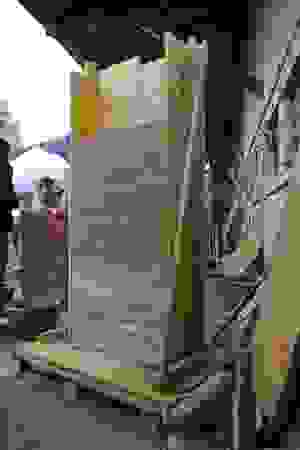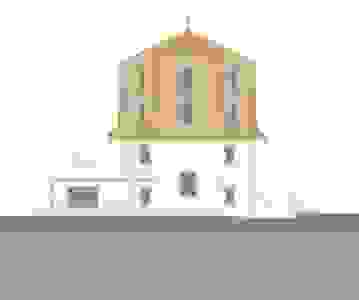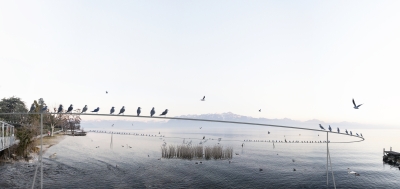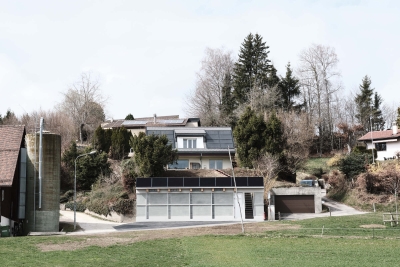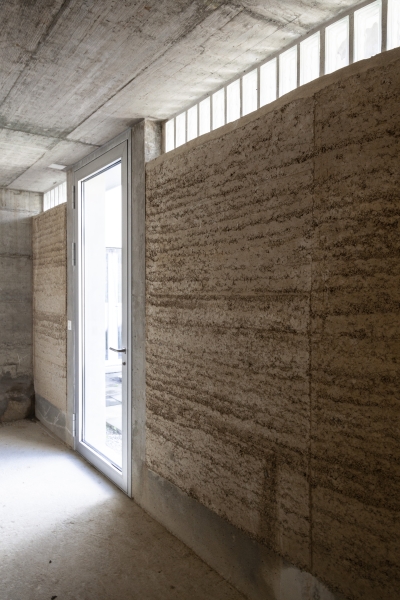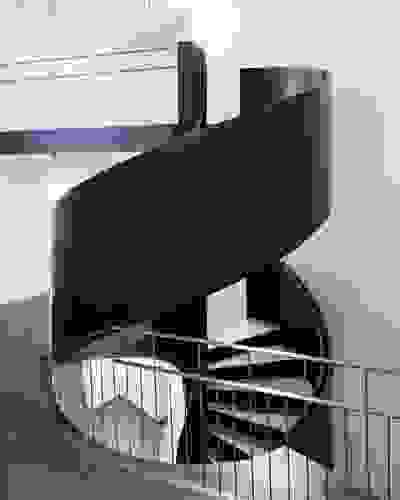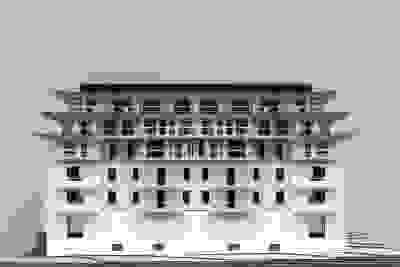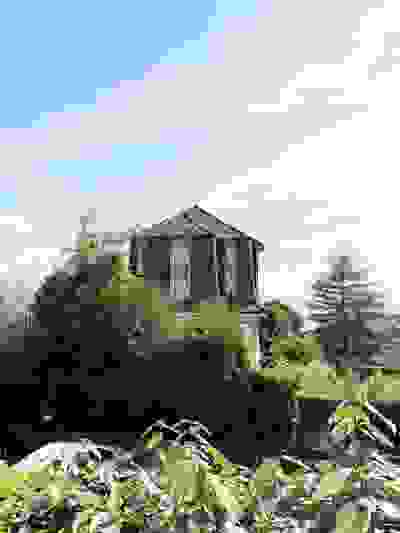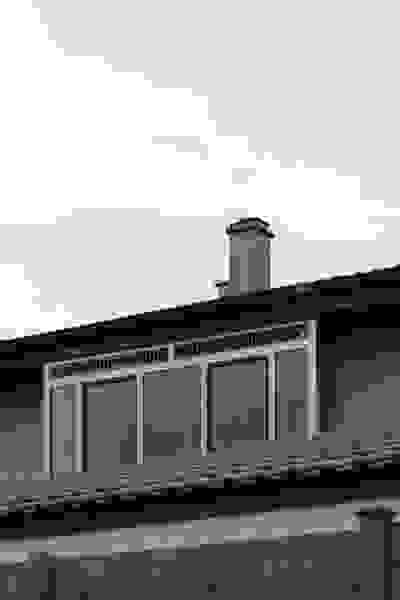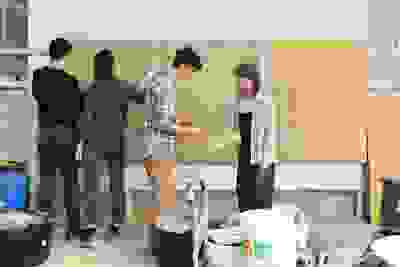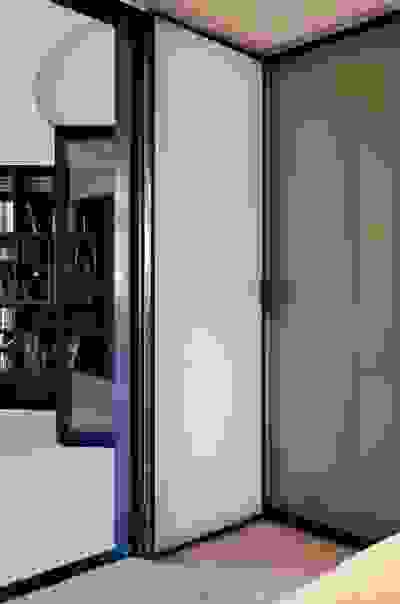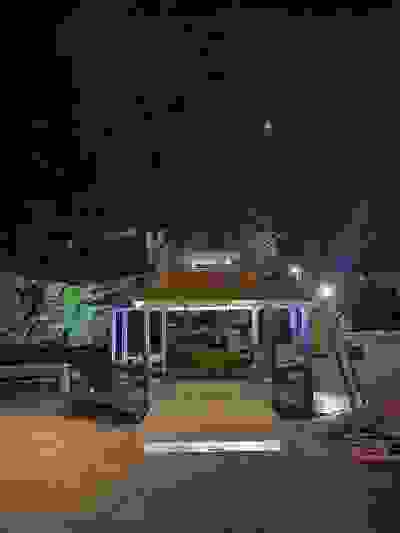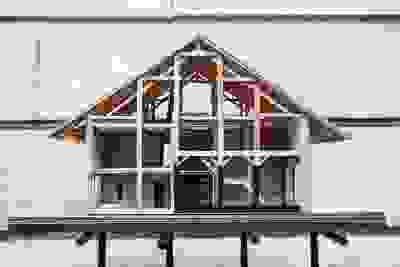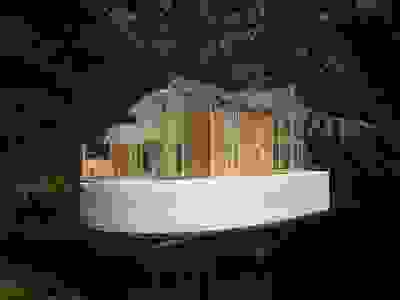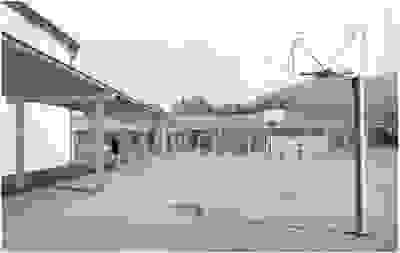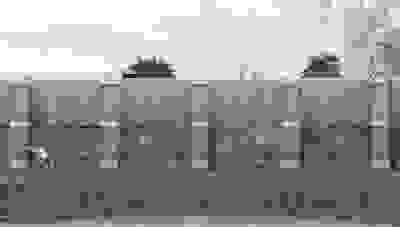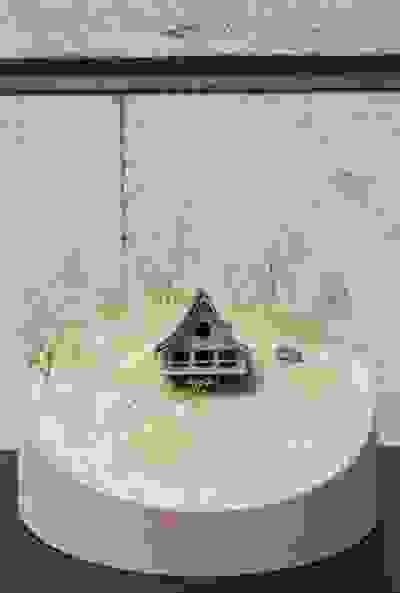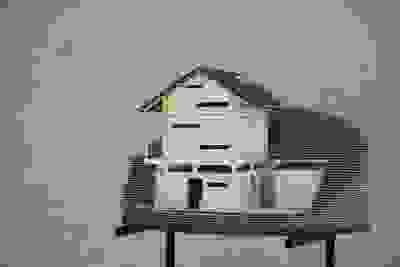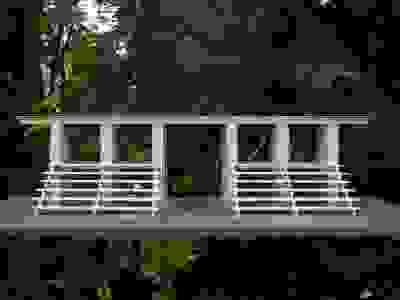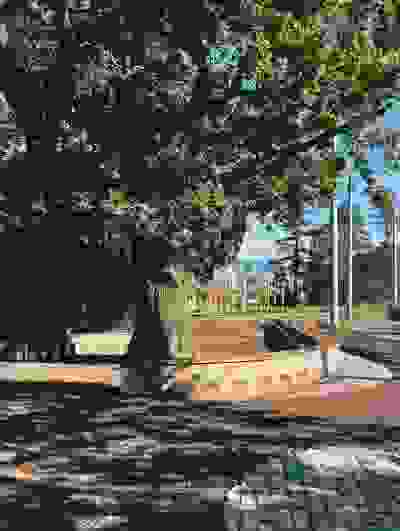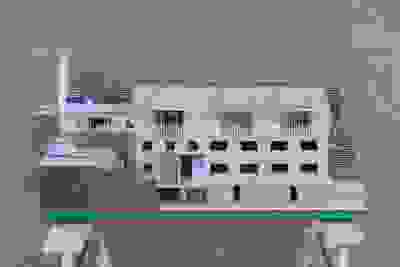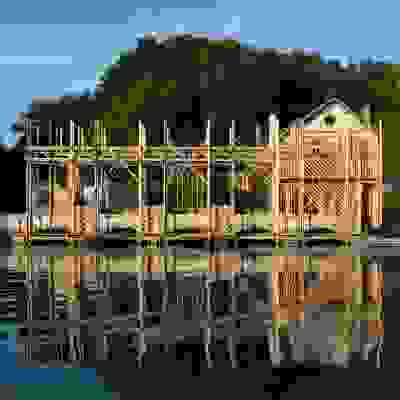In collaboration with En-dehors, Julien Mercier, Christophe Guberan, Pini Groupe SA and ISI.
Price winner, Le cercle des oiseaux, for Lausanne Jardin.
The mouth of the Vuachère is a place of many particularities, and anyone visiting the site will immediately notice the gracious presence of numerous lake birds. In fact, the alluvial deposits of the Vuachère carry the microorganisms on which they feed. We have come up with a temporary scenographic installation that extends the welcome given to the lake birds, and offers users the opportunity to observe them without disturbing them.The installation we propose to create extends the existing temporary infrastructure of the bridge by flowing into the lake in such a way as to form a giant perch. The promenade along the quays is a place much frequented by humans. The circle creates a vast environment inaccessible to humans, from which perching birds can maintain a privileged relationship with the lake and the Vuachère, while observing passers-by from a distance. The island, for its part, allows swimming birds to join the invitation to the circle.
